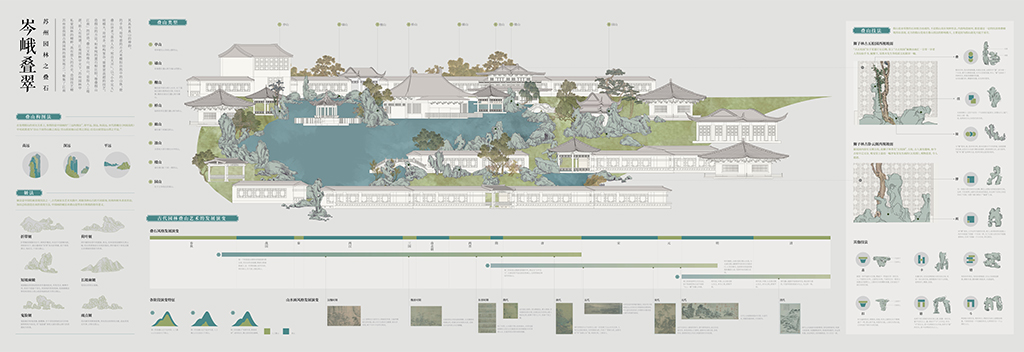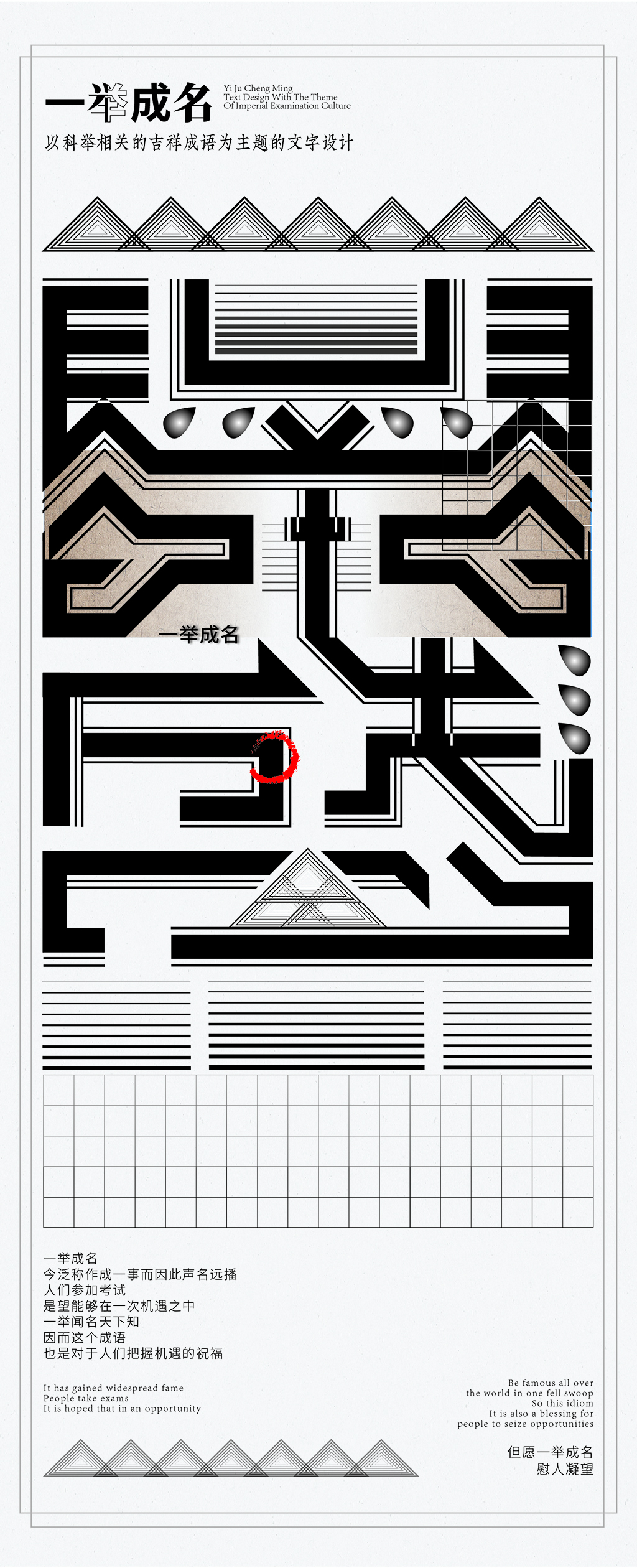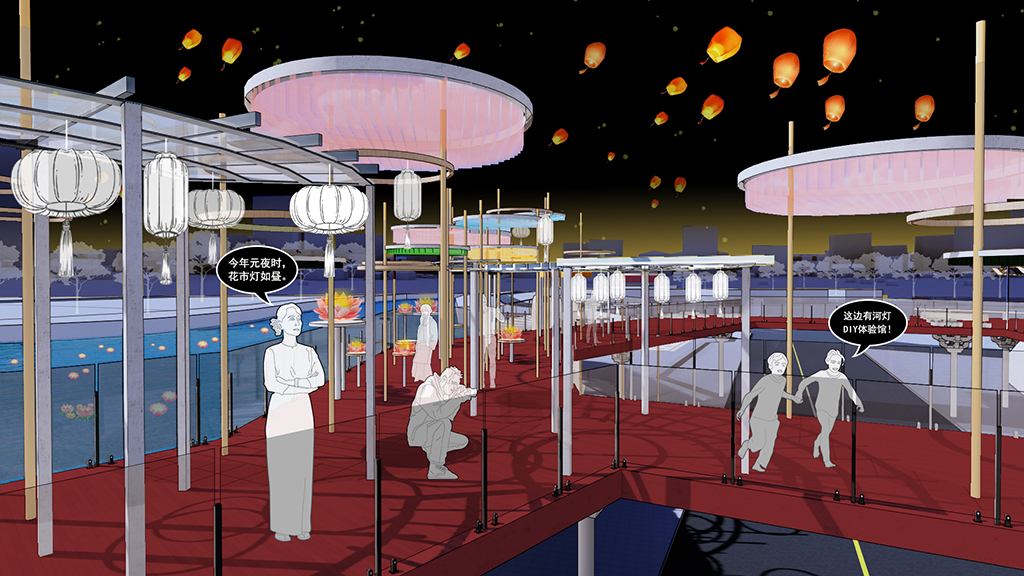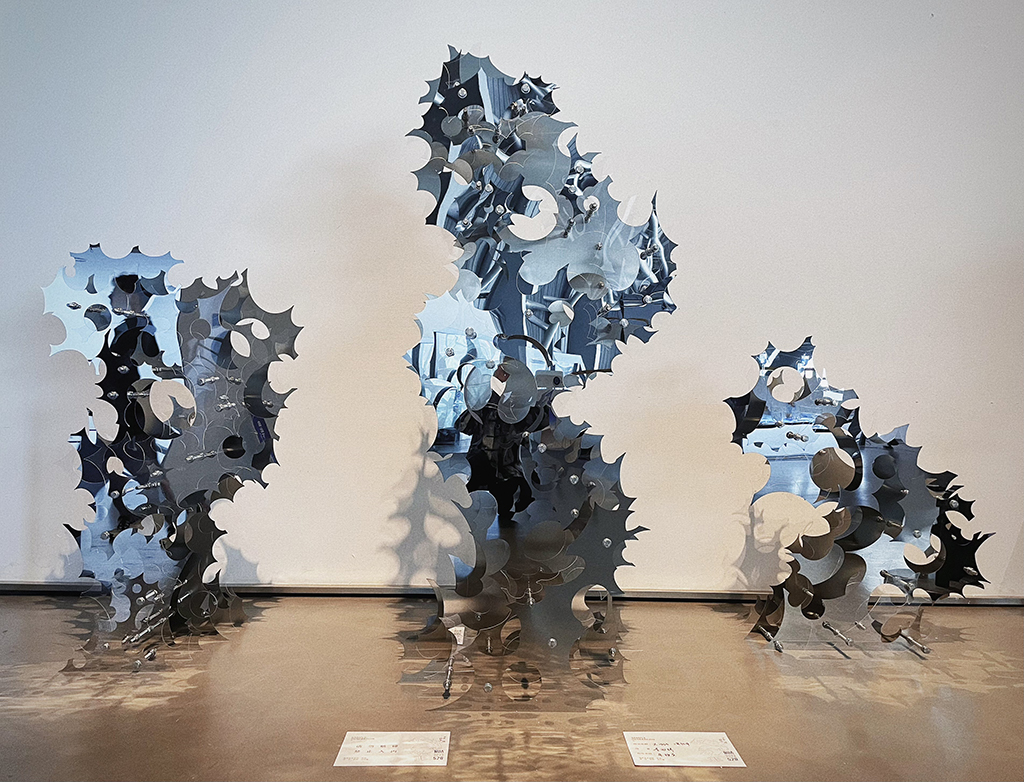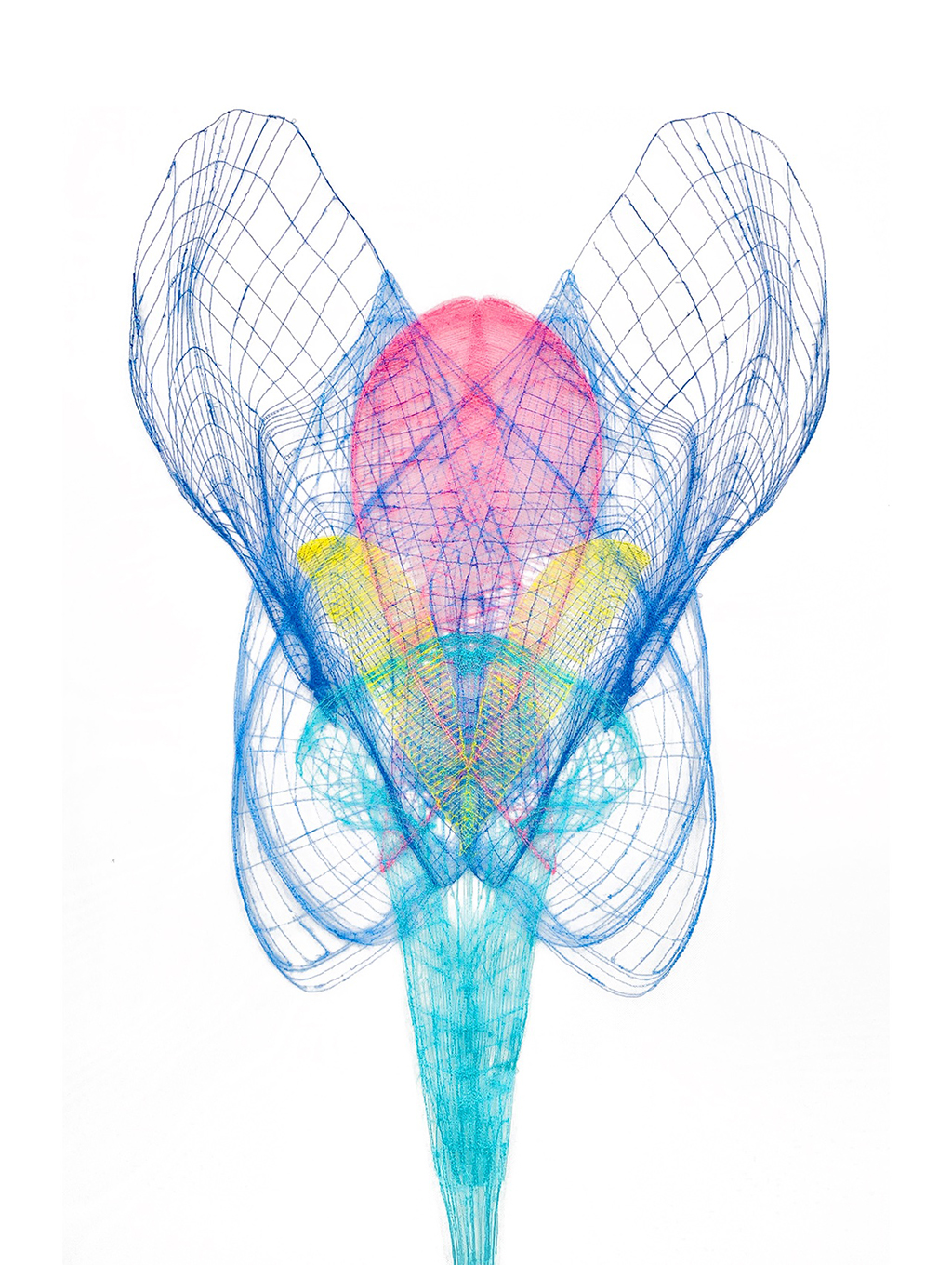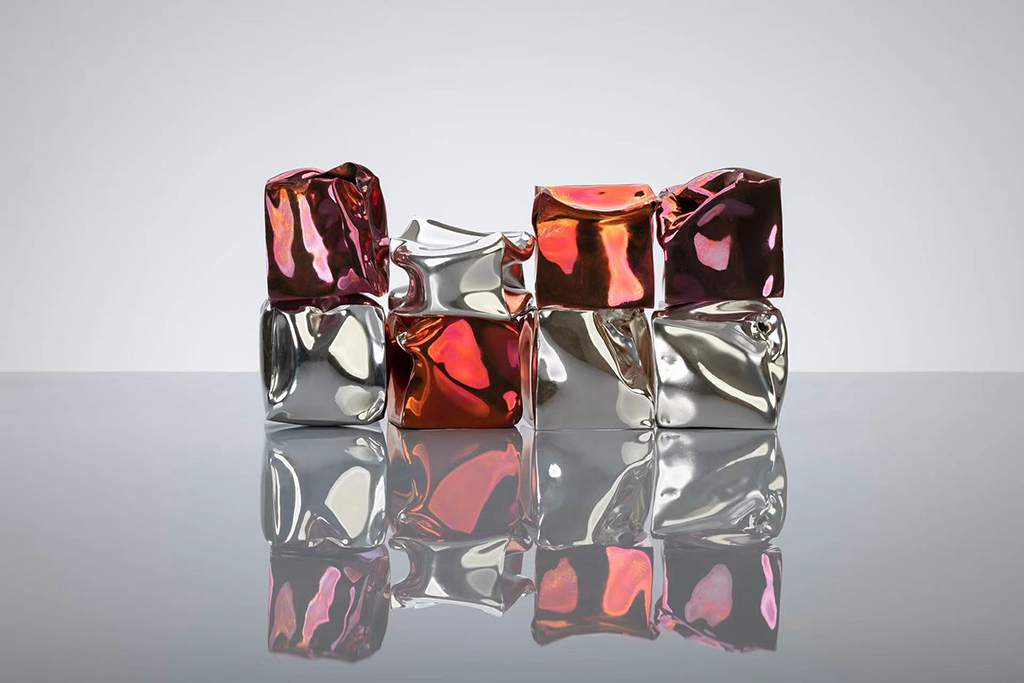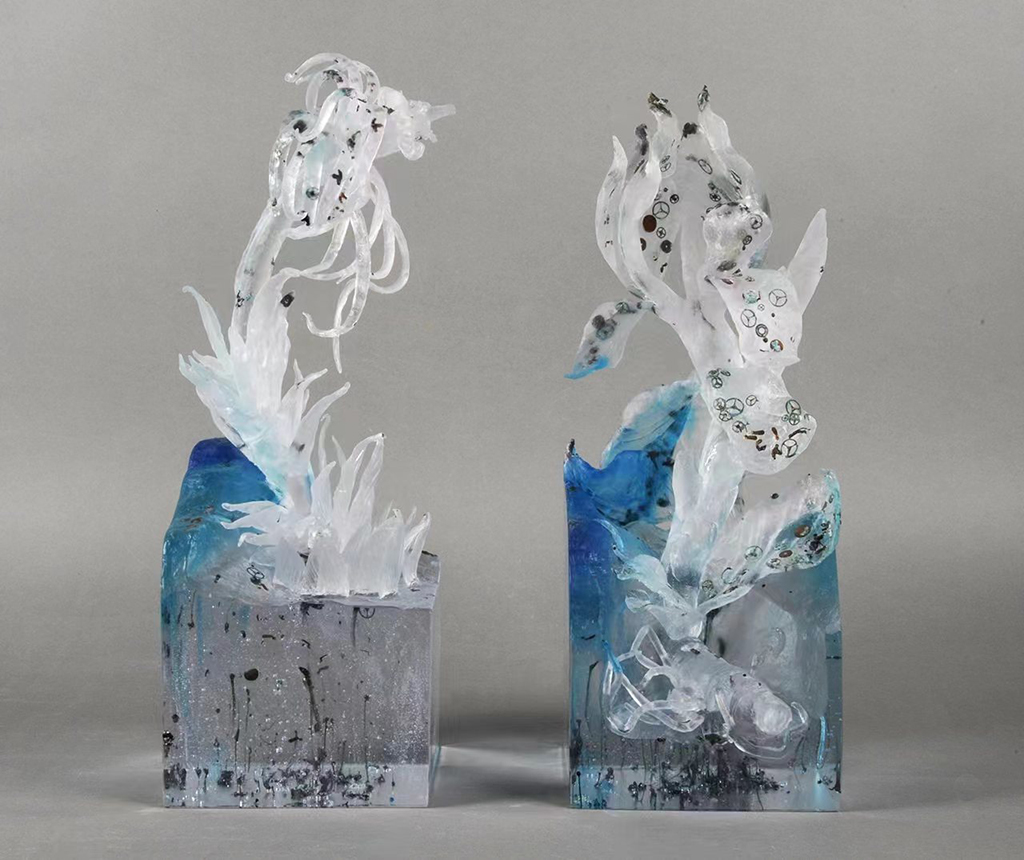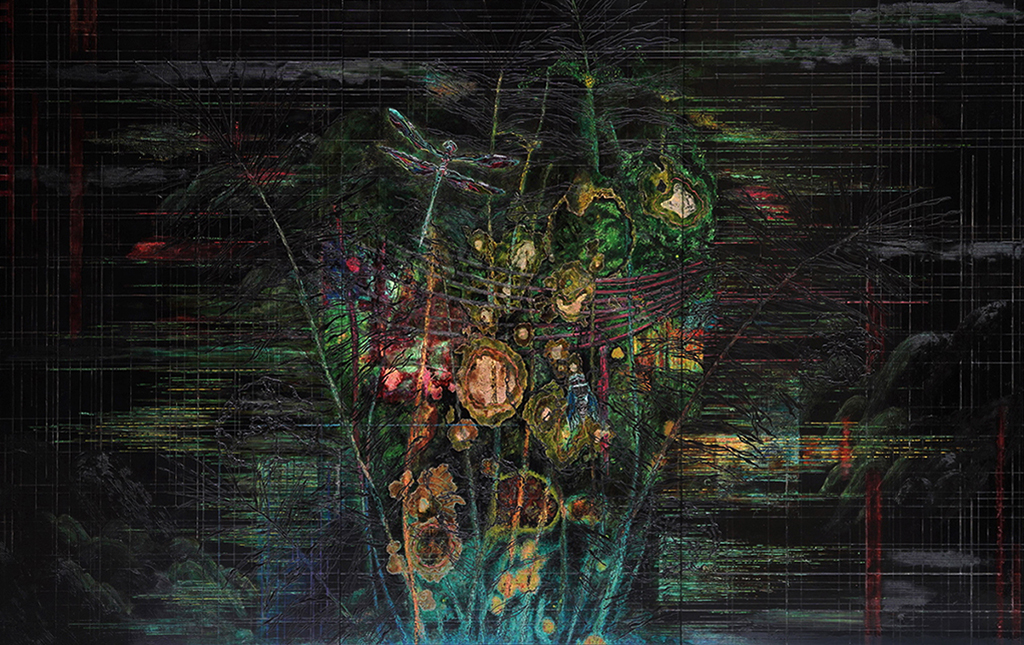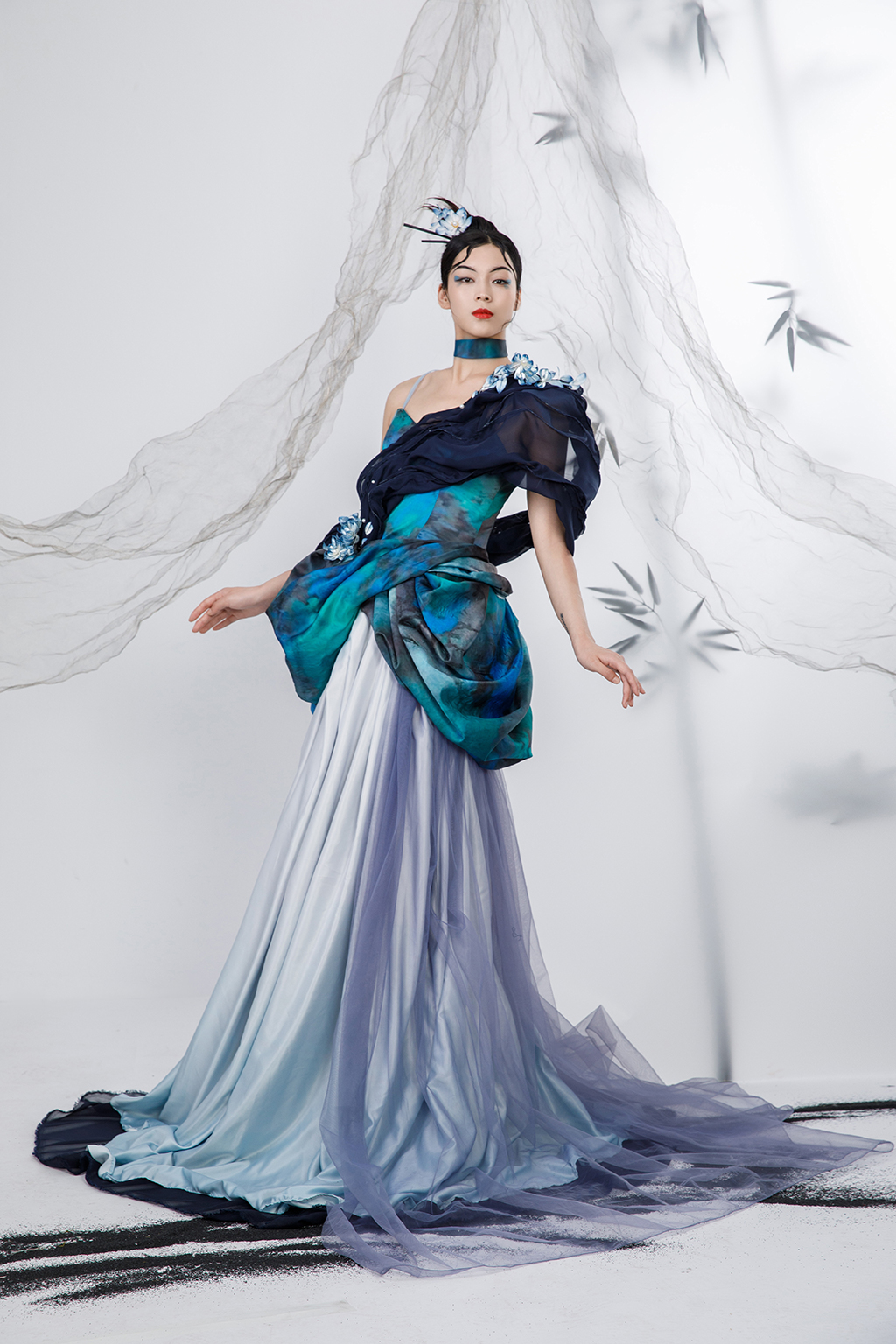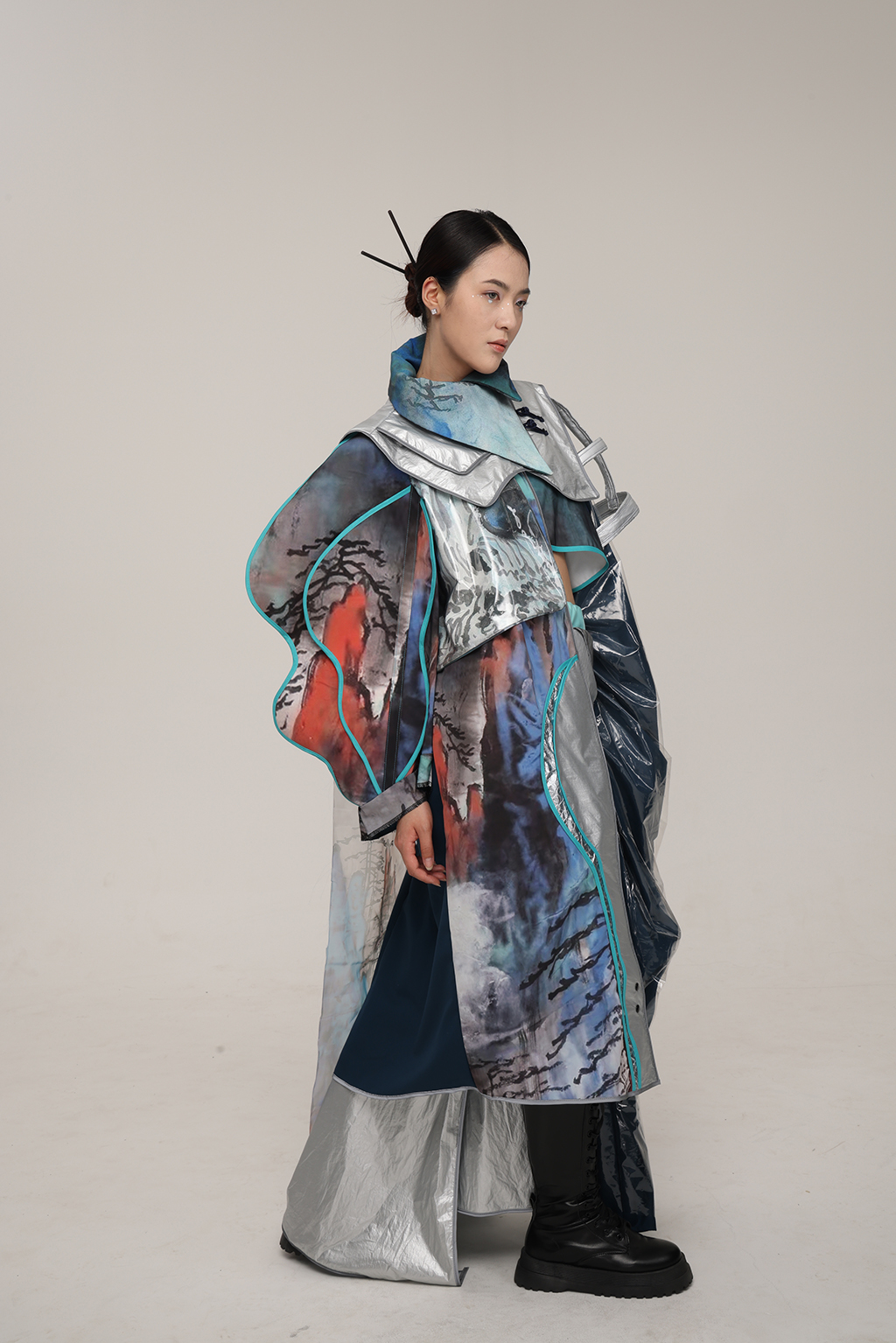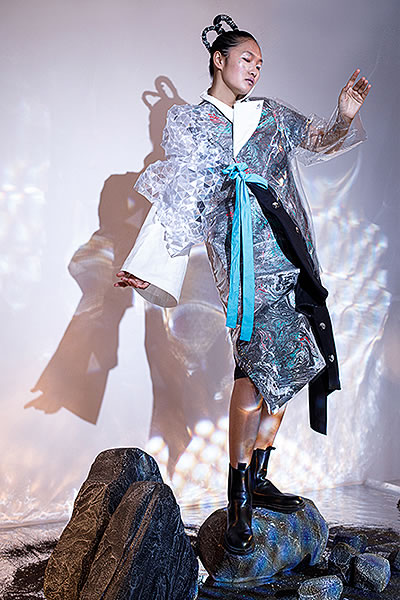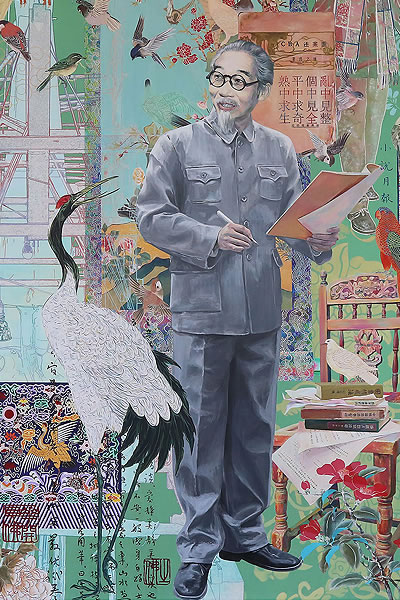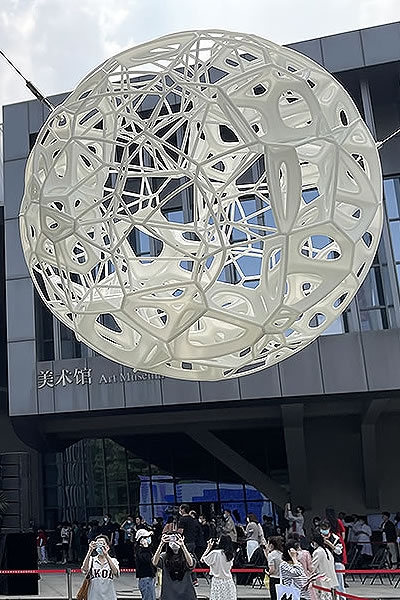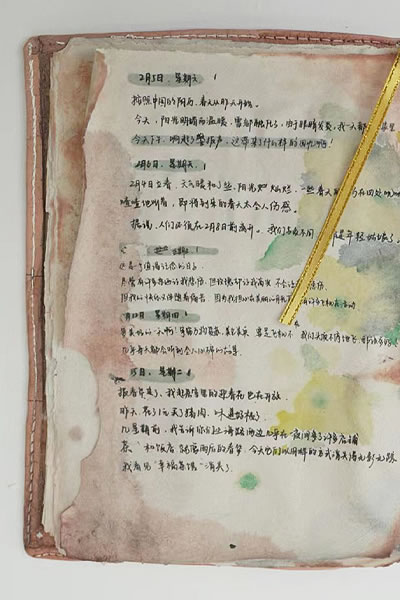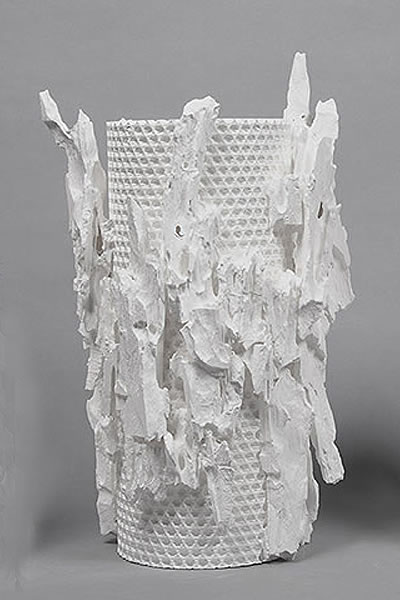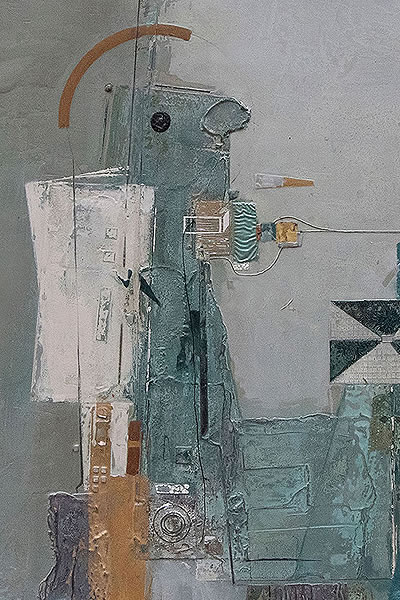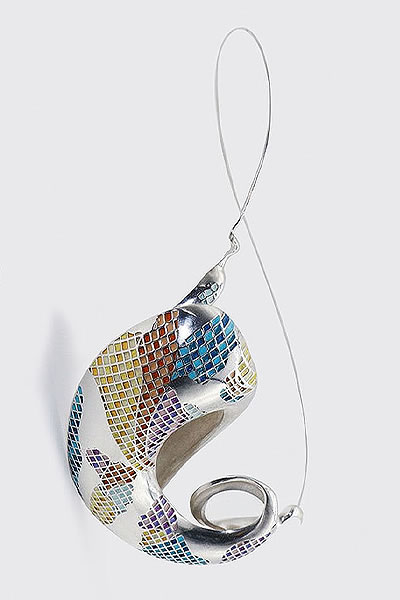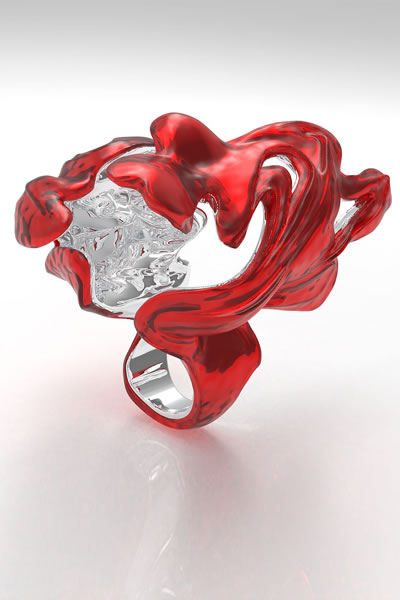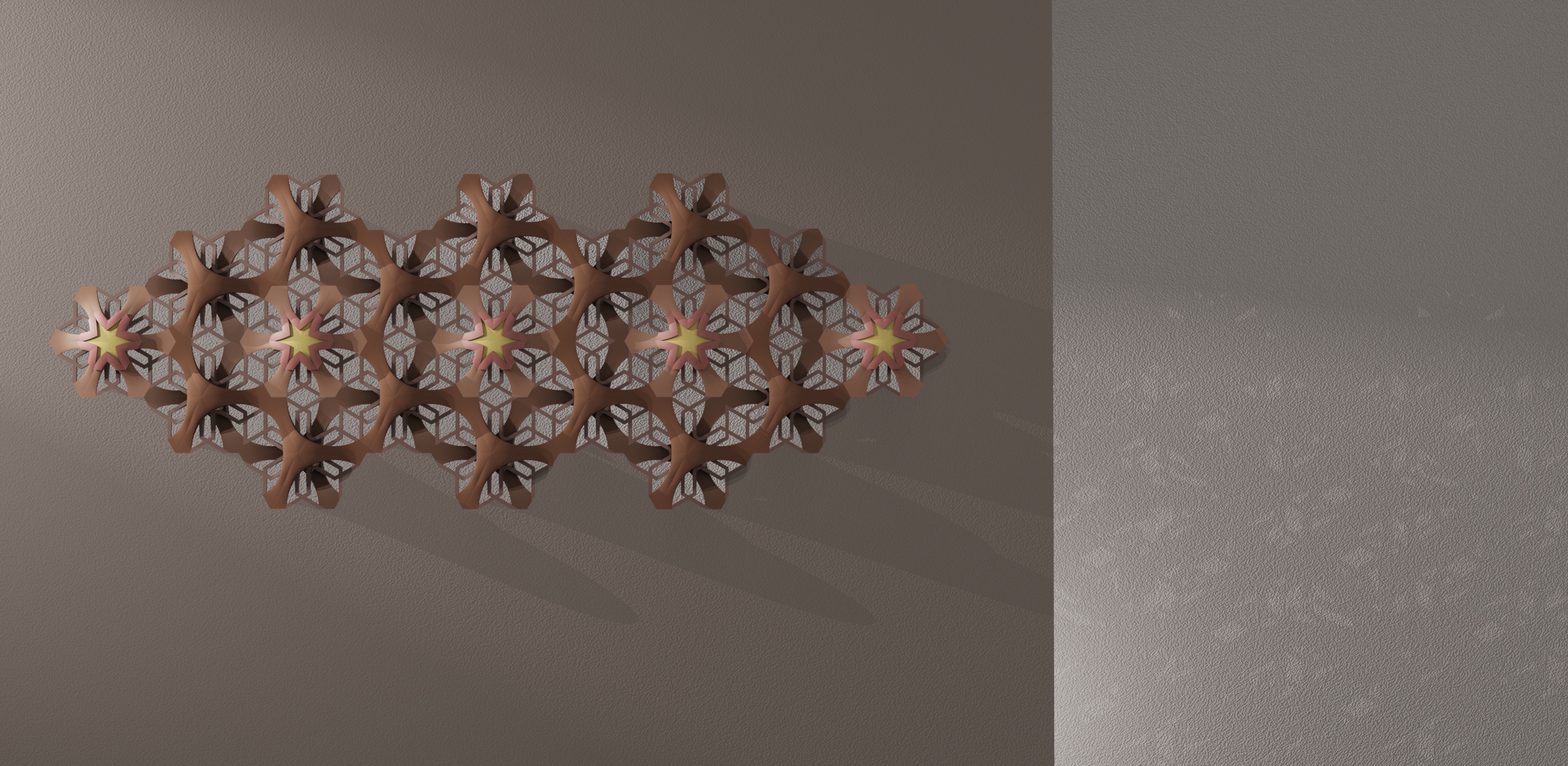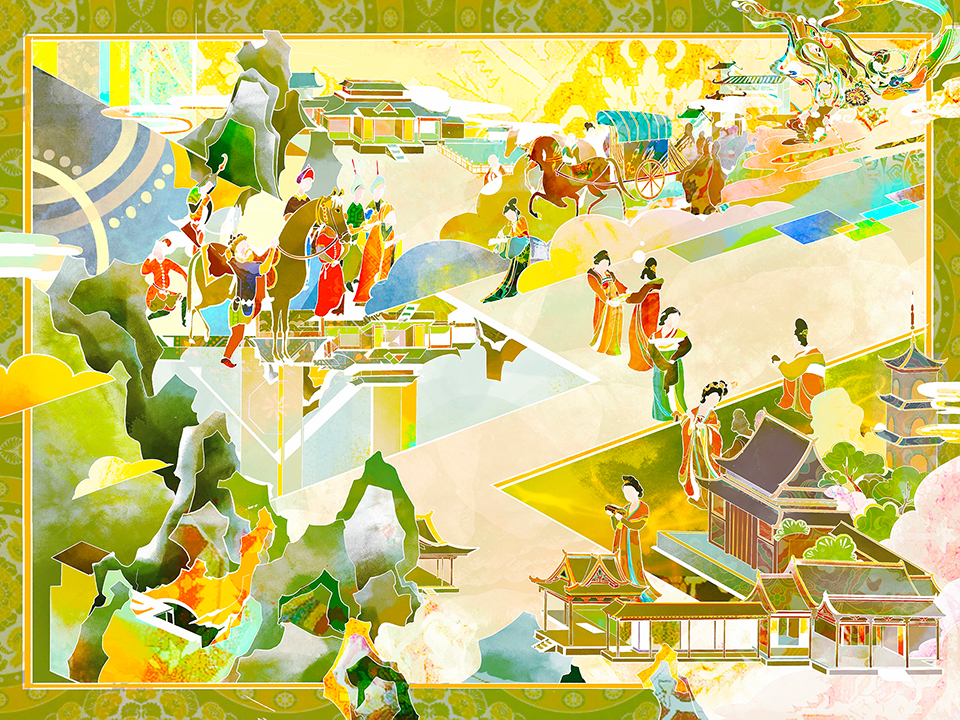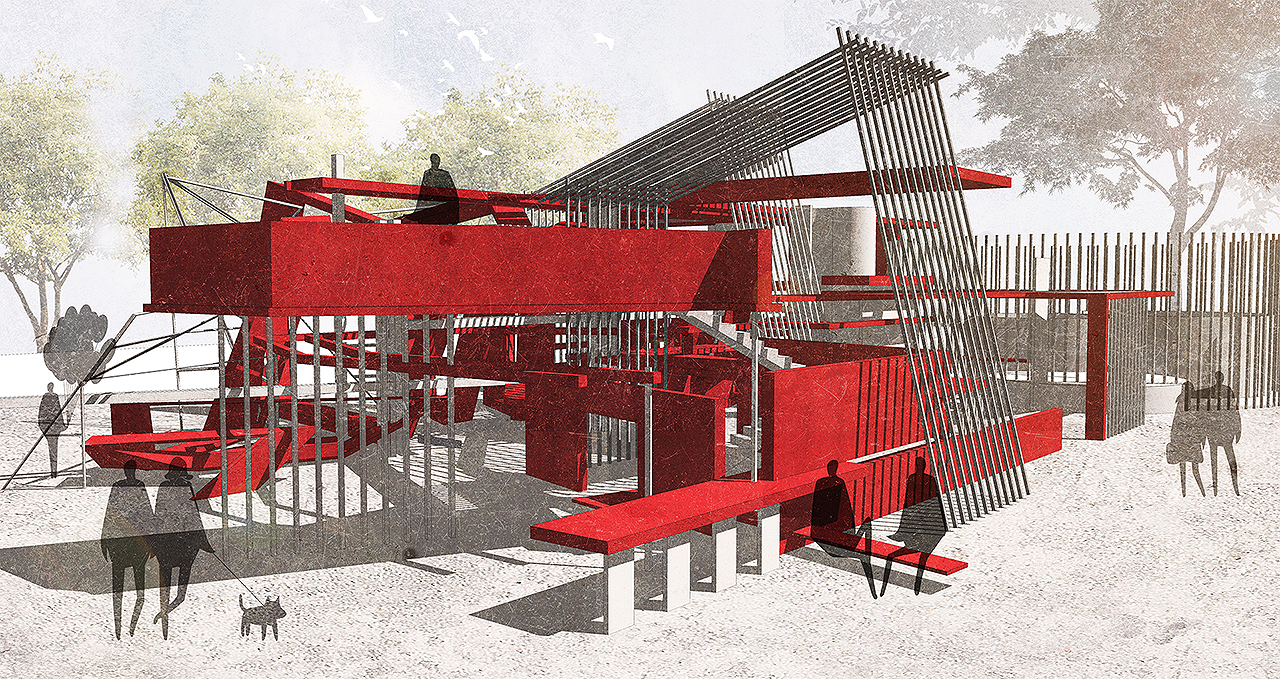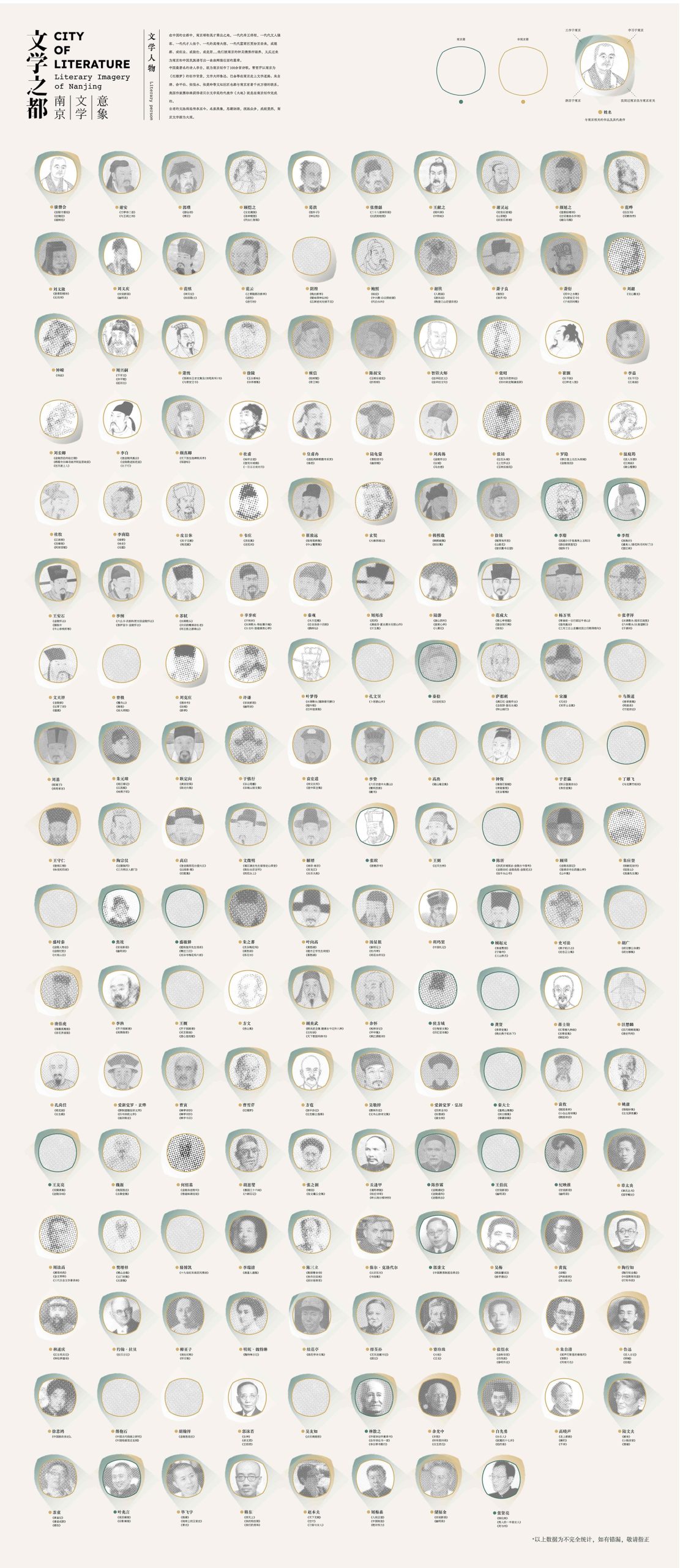Design

The School of Design of Nanjing University of Arts (NUA) enjoys a long and clear history, which traces its roots to the Crafts and Pattern Department set up by the Private Shanghai Academy of Fine Arts in the 1920s. For more than a century, from the school-running philosophy of gradeur, brevity, profoundity, and beauty established by Mr. Cai Yuanpei, to the spirit of seeking constant change proposed by Mr. Liu Haisu, NUA has cultivated generations of excellent art talents. During its development, the educational philosophy for design and the foundation for academic research by reputable teachers and scholars such as Chen Zhifo, Zhang Daoyi, Wu Shan, and Xi Chuanji are the backbone of the School of Design of NUA. Most of the famous scholars of art schools nationwide and leaders and pacesetters in the field of design have connections with NUA. They have experience studying, teaching, or exchanging ideas here, and have spread NUA's special experience throughout the country.
Thanks to its comprehensive resources, the School of Design drives professional teaching with advanced scientific research, promotes teaching reform with teaching experiments, trains talents with innovative applications, and realizes the application of scientific achievements with horizontal cooperation. It has formed distinctive academic characteristics in such aspects as traditional Chinese design theory and modern research on design practice, experimental research on design and research on the history of design. Its talent cultivation emphasizes the foundation, gives priority to experiment, advances with the modern world, and keeps innovating teaching models, thus establishing majors that are targeted and underpinned by a solid foundation. Its experimental teaching system, innovative talent training mode, basic courses for design, and graduation work exhibitions are all paradigms for Chinese art and design colleges and universities to study and discuss.
The major of Design of the School of Design honored as a first-class discipline and Grade-A discipline in the fourth round of discipline evaluation of the Ministry of Education. It was approved as one of the competitive disciplines in Jiangsu colleges and universities in the first, second and third phases of the discipline building project, and identified as a key discipline of the 12th Five-Year Plan in Jiangsu Province. Its four majors, i.e. art design, visual communication design, environmental design, and arts & crafts, were successively approved as national first-class undergraduate major construction sites. In addition, its Fundamentals of Design was approved as the national first-class undergraduate course, and its Paint Materials and Processes and Interactive Media Design were approved as the provincial first-class undergraduate courses.
In recent years, the School of Design has focused on improving the level of discipline construction and has therefore been successively approved as a national key book publishing planning project, a major art project of the National Social Science Fund, and a key art project of the National Social Science Fund. It completed many design tasks of national importance such as the National Memorial Tripod, the Jiangsu float for celebrating the 70th anniversary of the founding of the People's Republic of China, and the logo of the Asian Infrastructure Investment Bank (AIIB) and its symbol; planned activities of great academic and social value such as China Design Study Forum of Young Scholars and International Poster Biennale for Peace; won national awards for creation, scientific research, and publication at many award evaluation activities including the National Exhibition of Fine Arts, the University Scientific Research Outstanding Achievement Award (Humanities and Social Sciences) by the Ministry of Education, and the Chinese Government Publication Award.
At the same time, the School of Design has been cooperating and holding dialogues with international first-class art and design schools for a long time. It has joined the International Association of Universities and Colleges of Art, Design and Media (Cumulus), and invited globally renowned scholars and professors as visiting professors. Besides, it has long been launching courses taught by foreign teachers, covering multiple disciplines and fields, and accumulating high-quality resources at home and abroad in both discipline and academic innovation. Based on the design community, the School has created the original design language and theoretical system and developed the value system of Chinese design.
The School of Design of NUA enjoys a long history.
Its origin can be traced back to the Crafts and Pattern Department of the Private Shanghai Academy of Fine Arts in 1912;
and the Practical Fine Arts Department and printing and pattern making major and animation major set up by Suzhou Academy of Fine Arts in 1922, as well as the pattern teaching group of the Department of Art, Shandong University.
In 1952, these three were consolidated into the East China Institution of the Arts to teach arts & crafts.
In 1959, the major of decorative design & dyeing and weaving art, which was an undergraduate program, was established.
In 1981, the Department of Arts & Crafts was founded independently.
In 1996, it was renamed the Department of Design.
In 1999, it was transformed into the School of Design.
Introduction to the majors:
Art Design:This major trains comprehensive and innovative talents who meet the needs of social and economic development, who have an all-around moral, intellectual, physical, and aesthetic grounding with a hard-working spirit, who master the basic theories and basic knowledge of design, who have comprehensive abilities in text writing, theoretical research, activity planning, organizational management, and research and inspection, and who can engage in teaching, research, planning, management and other work related to design or art in enterprises, public institutions or government agencies. Students of this major mainly study the basic theoretical knowledge of art design, as well as the academic history such as the general history, professional history, and thematic history of design. They are trained to learn systematic professional writing and comprehensive expression and to acquire basic professional skills in research, teaching, editing, and market operation.
Visual Communication Design: Based on the characteristics of the Chinese culture, this major trains innovative talents who have an international outlook for design, who meet the needs of social and economic development, who have an all-around moral, intellectual, physical, and aesthetic grounding with a hard-working spirit, who master the basic theories and basic knowledge of visual culture and art, who have practical skills and capacity for pursuing innovation in visual communication design, and who can engage in design, teaching, research, and management related to the major in enterprises, public institutions, universities, and organizations. Students of this major mainly study the basic theories and basic knowledge of visual communication design. They are trained to learn graphic design, visual information design, and digital media art, so as to acquire the basic professional skills in visual communication design.
Environmental Design: This major trains innovative environmental design talents who meet the needs of social and economic development, who have an all-around moral, intellectual, physical, and aesthetic grounding with a hard-working spirit, who master the basic theories and basic knowledge in the field of environmental design, who have professional skills in spatial formal language and material methods, and who can engage in cultural creativity design, inheritance and extension of intangible cultural heritage, and other design, research, and management work in enterprises, public institutions, and professional organizations. Students of this major mainly study the fundamental theories and knowledge of environmental design. They are trained to learn about interior design, landscape design, and innovative and creative design, and to acquire basic skills to comprehensively apply professional knowledge to environmental design and creation.
Clothing and Apparel Design: Based on the characteristics of the Chinese culture, this major trains innovative talents who have an international outlook for design, who meet the needs of social and economic development, who have an all-around moral, intellectual, physical, and aesthetic grounding with a hard-working spirit, who master the basic theories and basic knowledge of clothing and apparel design, who have practical skills and capacity for pursuing innovation in apparel R&D, design, pattern making, display and management, and who can engage in design, teaching, research, and management related to the major in enterprises, public institutions, universities, and industry organizations. Students of this major mainly study the basic theories and basic knowledge of clothing and apparel design. They are trained to learn clothing and apparel design, and acquire basic skills in clothing and apparel design.
Public Art:This major trains innovative talents who meet the needs of social and economic development, who have an all-around moral, intellectual, physical, and aesthetic grounding with a hard-working spirit, who master the principles and history of visual art, urban landscape design and public art, who master the basic theories and basic knowledge of diversified formal languages and various design methods of public art, who have the skills in comprehensive and digital media such as painting, sculpturing, installation and image, and who can engage in cultural creativity design, inheritance and extension of intangible cultural heritage, and other creation, design, research and management work in enterprises, public institutions, and professional organizations. Students of this major mainly study the basic theories and basic knowledge of public art. They should be able to comprehensively apply professional knowledge to public art and experimental art creation.
Arts & Crafts: Based on the characteristics of the Chinese culture, this major trains innovative talents who have an international outlook for design, meet the needs of social and economic development, who have an all-around moral, intellectual, physical, and aesthetic grounding with a hard-working spirit, who master basic arts & crafts theories and knowledge, who have practical skills and capability for pursuing innovation in handicraft creation, fashion design, and inheritance of intangible cultural heritage, and who can engage in work related to the major in enterprises, public institutions, and industry organizations or who can start a business in related fields. Students of this major mainly study the basic theories and basic knowledge of arts & crafts. They are trained to learn arts & crafts and acquire basic skills in ceramics and glass, paint art, metal and jewelry, textile fiber, cultural and creative design, etc.



